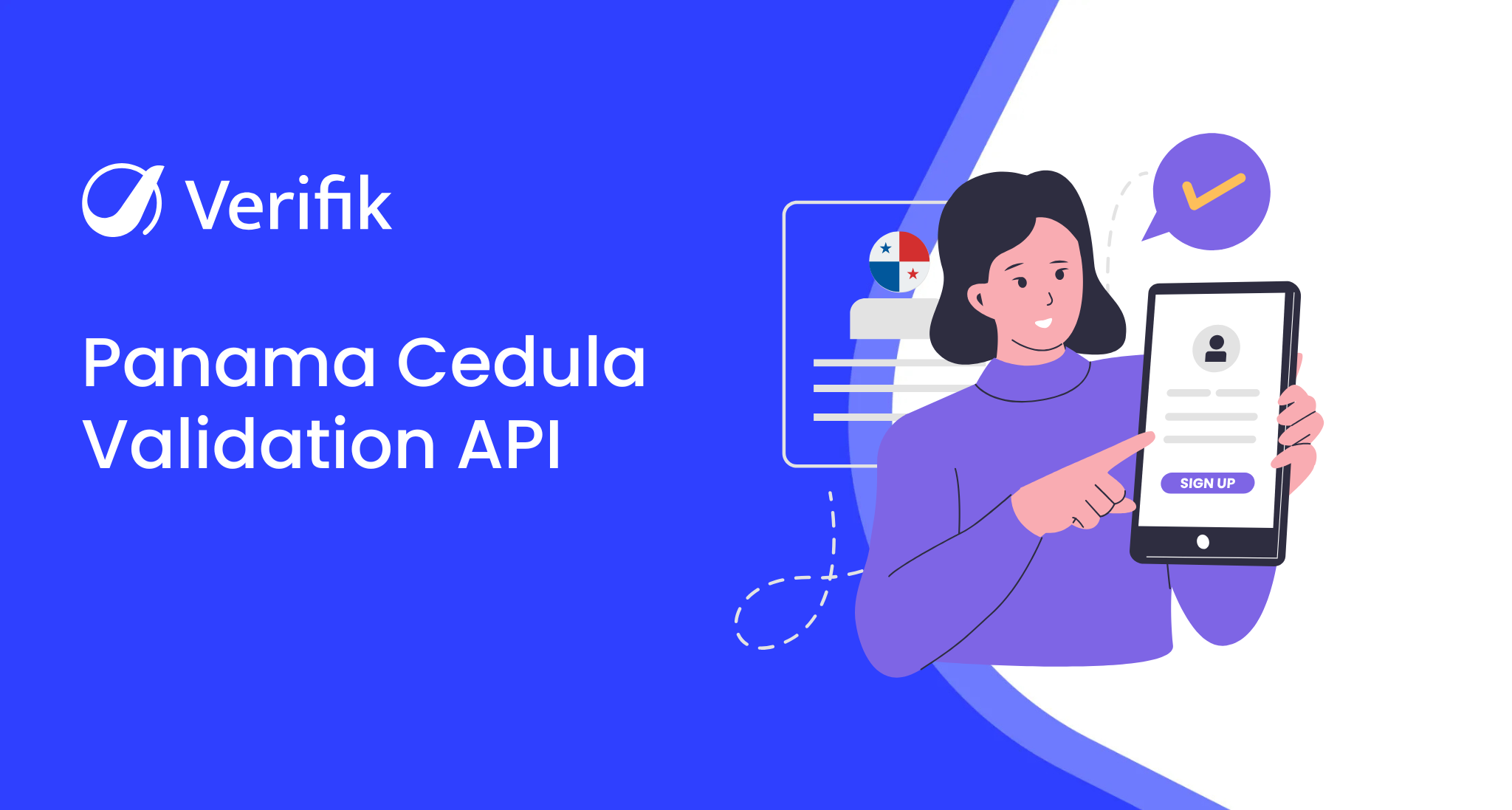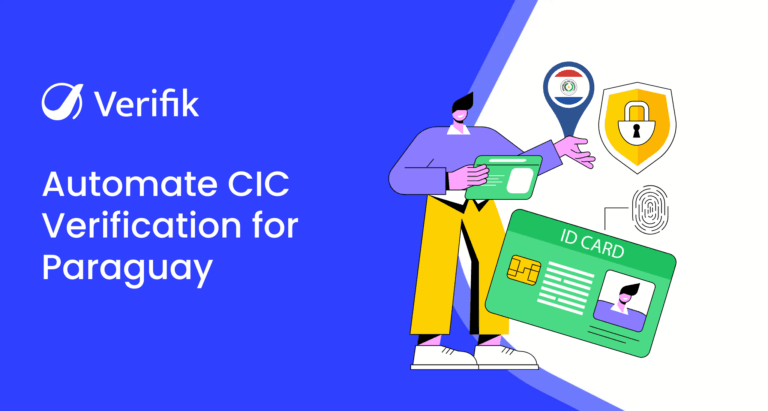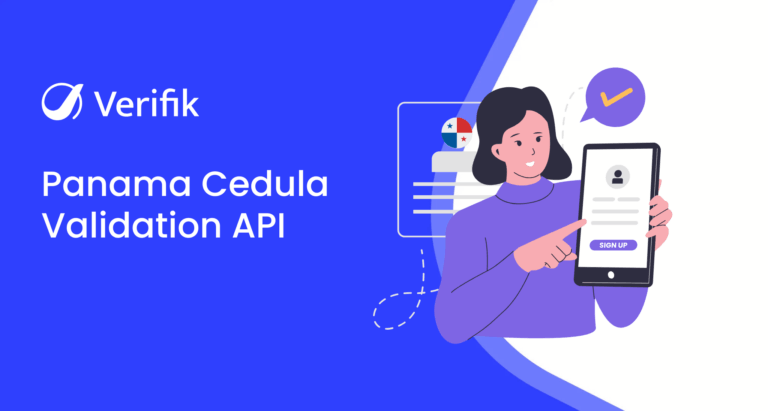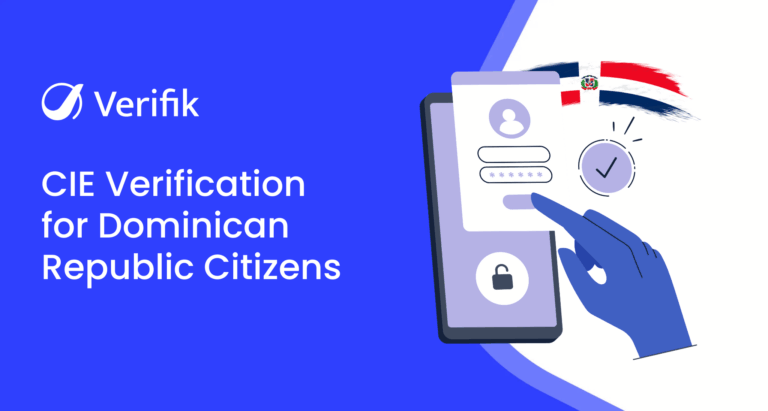Verifying identities in Panama is a critical step for businesses handling sensitive transactions. From fintech platforms to telecom providers, ensuring your users are who they claim to be helps prevent fraud and ensures regulatory compliance.
Verifik’s Panama Cedula validation API offers a fast, reliable, and secure way to validate identities for Panamanian citizens and residents. With just a few pieces of information, businesses can confirm user identities instantly and accurately.
Understanding Cedula Validation in Panama
A Cedula is the official national identity card in Panama, used by citizens and residents for identification, banking, voting, and government services. There are three types of Panamanian Cedulas:
- Citizens: Standard national ID with the format 8-XXXX-XXXX.
- Permanent Residents: IDs prefixed with E-8- followed by six digits.
- Temporary Residents: IDs starting with PE- followed by 8-9 digits.
Validating these Panamanian IDs ensures that businesses can confirm a person’s identity and prevent fraudulent accounts or illegal activities. Accurate Cedula verification is a must for secure onboarding, KYC compliance, and smooth business operations throughout Panama.
Introducing Verifik’s Panama Cedula Validation API
Verifik’s Panama Cedula validation API is designed for businesses that value speed, accuracy, and security. This powerful API allows you to instantly validate the identity of Panamanian citizens and residents by verifying their Cedula information directly against reliable sources.
It’s ideal for:
- Financial institutions and fintech platforms managing KYC compliance
- Online marketplaces that need to verify user identities
- Telecoms, insurers, and HR platforms requiring trusted user data
The API requires only three simple parameters—document type, document number, and date of birth—to deliver verified identity details in seconds.
How Verifik’s API for Panama ID Verification Works
Using the Panama Cedula validation API by Verifik is super simple and efficient. Here’s how it works:
Step #1: Send a Request
Your system sends a GET request to Verifik’s Panama endpoint:
https://api.verifik.co/v2/pa/cedula
P.S. Include the Cedula number, document type (CCPA), and date of birth.
Step #2: Instant Validation
Verifik’s API checks the provided data against authoritative sources to confirm authenticity.
Step #3: Receive a Verified Response
Within seconds, you receive a response containing the individual’s verified information, including first name, last name, full name, and verification status.
The response also includes a digital signature certifying that the data has been validated by Verifik.co. This ensures your system only stores and processes certified and trusted identity information.
Core Benefits of Verifik’s Panama Cedula Validation API
-
Speed
Validate any Panamanian Cedula in real time and onboard customers without delays.
-
Accuracy
Reduce the risk of errors and mismatches by validating directly through reliable data sources.
-
Security
All API requests are encrypted to ensure sensitive identity information remains fully protected.
-
Compliance
Stay aligned with Panama’s regulatory and data protection requirements while strengthening your KYC and AML processes.
-
Scalability
Easily integrate the Verifik’s API Panama Cedula validation API into existing systems or applications and validate thousands of identities with consistent reliability.
Conclusion
Verifik’s Panama Cedula validation API is a fast, accurate, and secure solution for businesses looking to verify Panamanian identities. By integrating this API, organizations can streamline onboarding, prevent fraud, and maintain regulatory compliance.
Contact Verifik today to integrate our Panama Cedula validation API and start verifying Panamanian identities quickly, securely, and accurately.

CEO and Founder of Verifik
As the founder and CEO of Verifik, Johan Castellanos is on a mission to reshape the future of digital identity. With a passion for privacy and digital trust, he’s building groundbreaking tools like ZK Face Proofs to help businesses and users connect safely in both Web2 and Web3 spaces.



